Tour the abandoned Tennessee ghost town where millionaires vacationed
The affluent mountain retreat that time forgot
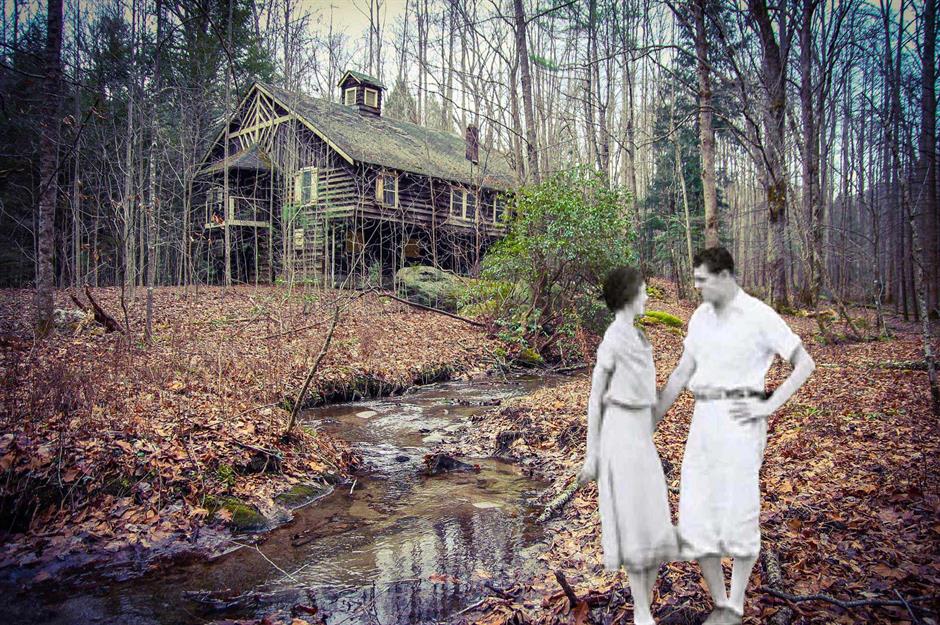
Hidden within the forests of the Great Smoky Mountains lies a forgotten holiday haven once frequented by East Tennessee's wealthiest families. Now reduced to a ghost town, Elkmont bustled with charming log cabins and plush amenities in the late 19th and 20th centuries – the exclusive community even boasted a 'Millionaires' Row'.
Click or scroll on to take a trip back in time and discover why this mountain retreat was so hastily abandoned – and why its future is finally looking up...
Mountain escape
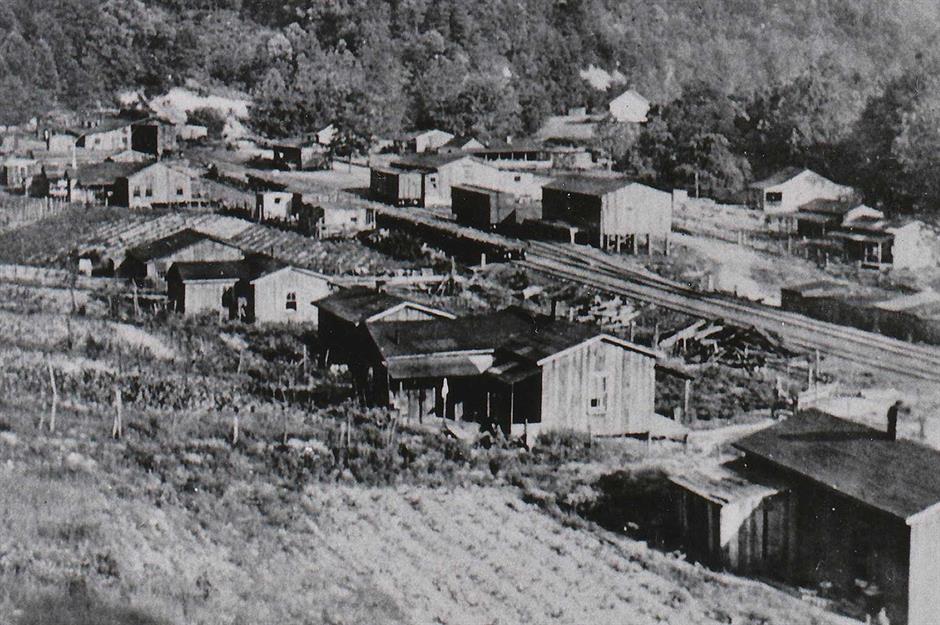
Elkmont was founded in 1908 by the Little River Lumber Company as a logging community, though urban dwellers had begun visiting the area during the late 19th century to escape the stifling heat of Knoxville and other nearby cities in Tennessee. They would travel up to the rural idyll in caravans to while away the dog days of summer in the crisp mountain air.
Tourist attraction

However, tourism in Elkmont didn't really take off until 1910, when the Little River Lumber Company started selling plots of land to members of Knoxville's elite.
The previous year, the firm had established a daily railroad service connecting the city with the picturesque mountain town. Day-trippers and vacationers would ride in open observation cars to make the most of the breathtaking views.
Affluent visitors
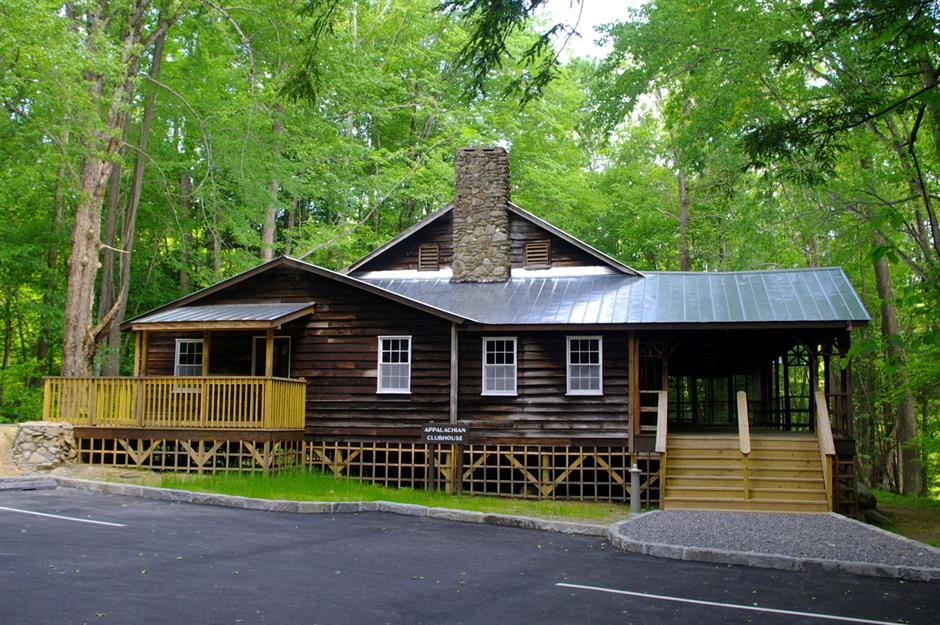
Knoxville's wealthiest residents flocked to the town, buying up land and erecting luxury summer cabins to vacation in.
In 1910, the private Appalachian Club was constructed along with a large clubhouse. The 3,000-square-foot (279sqm) structure was used as a gathering place for members and their guests and hosted many a glittering event.
Exclusive hotel
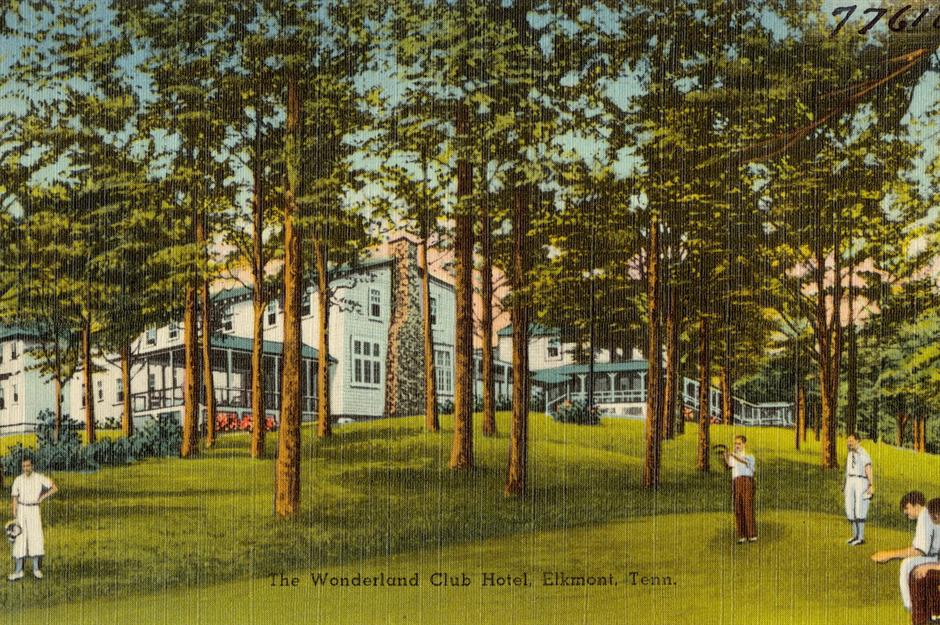
The Wonderland Hotel, a swish 50-room resort lodge, was built in 1912 and bought in 1919 by a group of Knoxville businessmen, who formed the exclusive Wonderland Club. Grander than the Appalachian Clubhouse, the two-storey hotel was located just above the Little River Railroad station.
Rustic interior

As you can see from this amazing historic photo of the Wonderland Hotel lobby captured in 1938, the lodge, like the other buildings in Elkmont, was decked out in rustic décor and featured large stone and brick fireplaces, hardwood flooring and clapboard walls. The rooms were filled with country-style furniture, including homely rocking chairs and wooden sofas.
Scenic spot
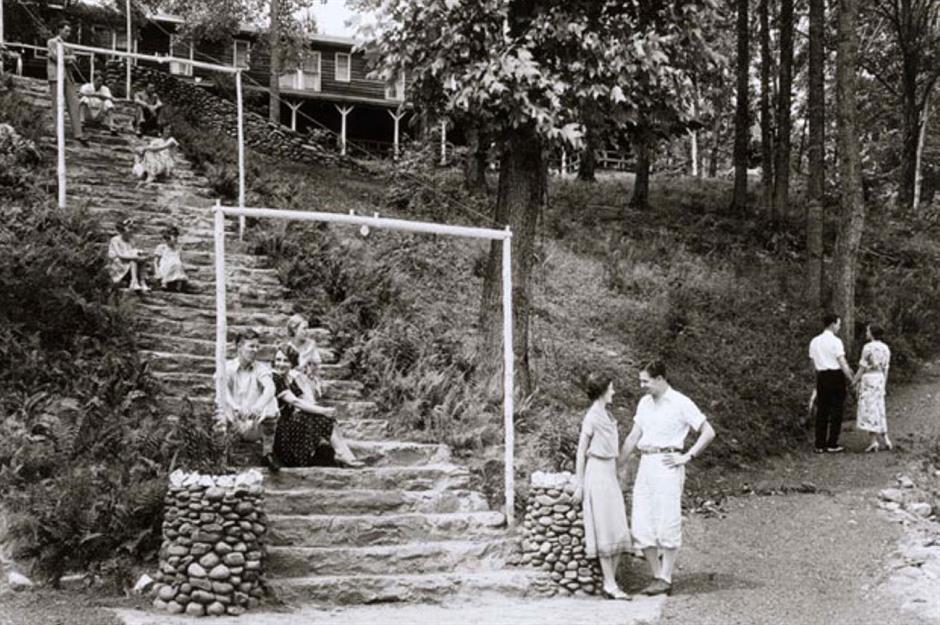
Stone steps led from the station to the hotel and the staircase became a popular spot for visitors to pose for photos. Rocks from the Little River were cemented at the top of the steps, spelling out ‘Wonderland’.
The steps can still be seen today but thanks to dense overgrowth and weeds, they're pretty hard to discern.
Grand retreat
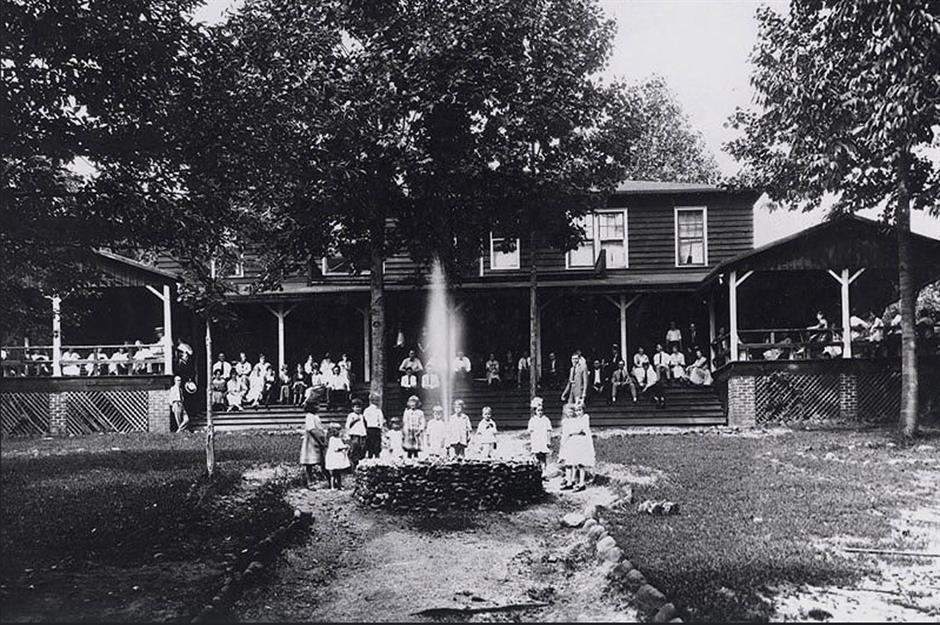
Vacationers and their guests also congregated around the stone fountain in front of the hotel, as shown in this photo taken some time in the 1920s or 1930s.
While the fountain has survived to the present day, it's losing the fight with Mother Nature so you'll need to be eagle-eyed to spot it.
Sad demise
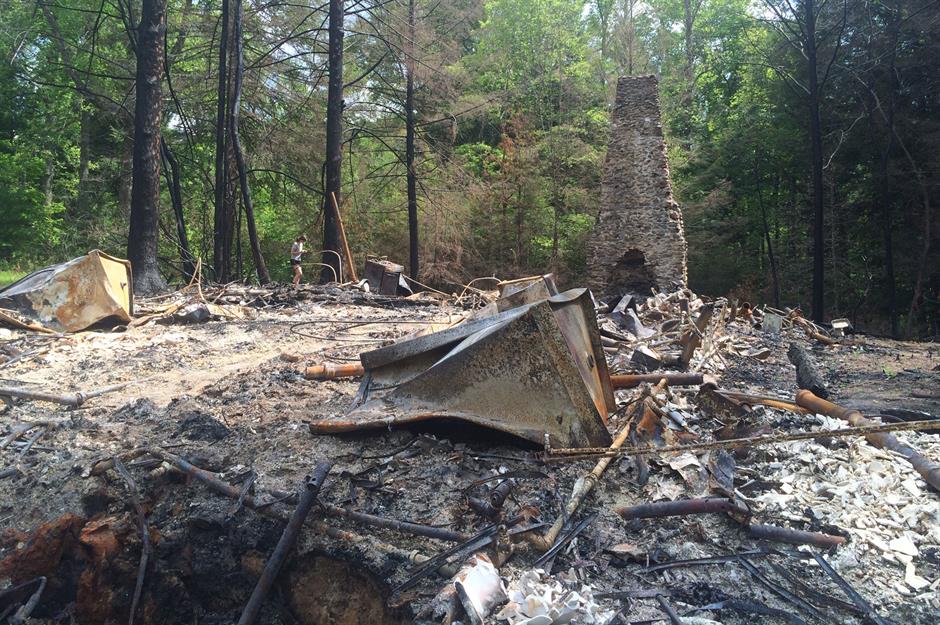
Sadly, this is all that remains of the upscale Wonderland Hotel. The building collapsed in 2005 and what was left burned to the ground in 2017 in a suspected arson attack. Several cabins were also set alight.
Meanwhile, the Appalachian Clubhouse succumbed to fire in 1934, but the local landmark was rebuilt that same year and has since been restored for posterity.
Elkmont's heyday
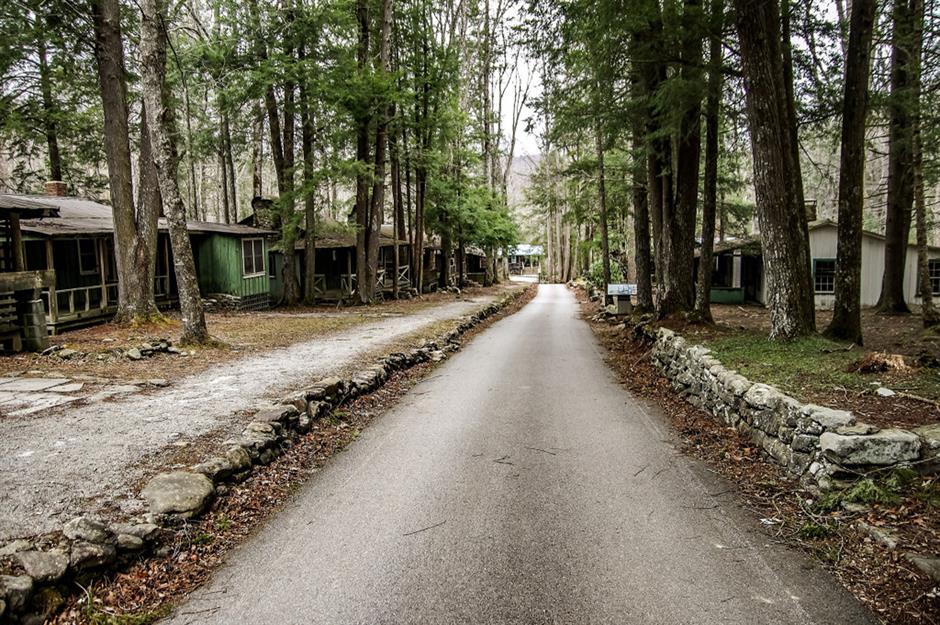
One of Elkmont's main thoroughfares was captured here in all its faded glory in 2017 by photographer Leland Kent of Abandoned Southeast.
During the 1920s and 1930s, the resort town's heyday, Elkmont was the premier summer destination for the upper echelons of Knoxville society.
Dozens of cabins were built lining the road to the Appalachian Clubhouse. This section of Elkmont became known as Daisy Town. Other parts of the resort were dubbed Millionaires' Row and Society Hill on account of their lavish log residences.
Oldest cabin
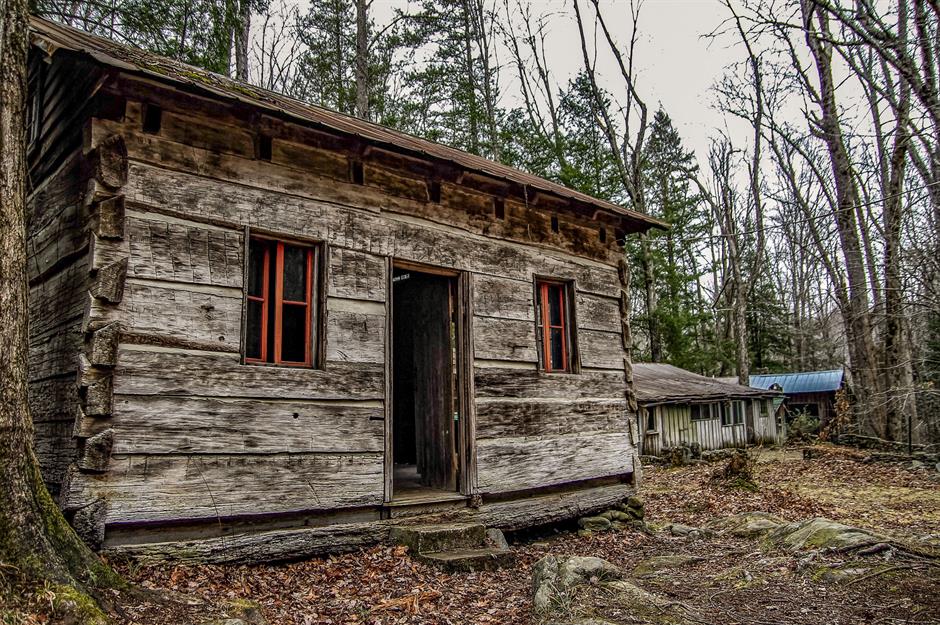
The Levi Trentham cabin is the oldest structure in the town and one of the most venerable surviving homes in the Great Smoky Mountains.
The log building was constructed in 1830 and was home to mountaineer Levi Trentham, the so-called 'Prophet of the Smokies', who served as a guide to many of the Elkmont holidaymakers.
The cabin was originally located in the nearby Jake's Creek area. It was transplanted to Daisy Town following Trentham's death in 1932 to serve as a guest cottage.
Traditional design
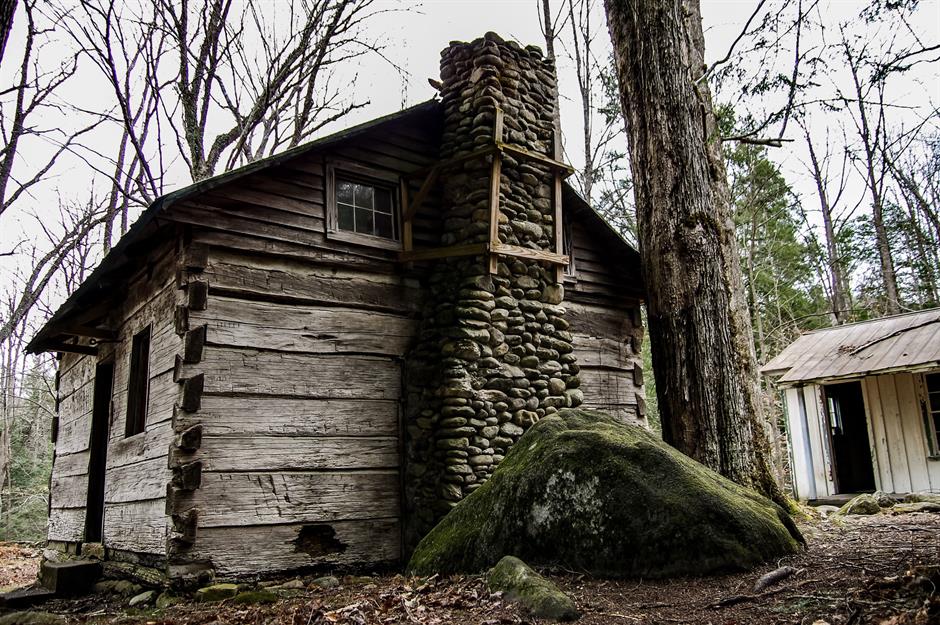
Trentham put his carpentry skills to good use despite his advancing age and helped build a number of log cottages in Elkmont during the 1910s and 1920s.
Architectural features of the mountain man's former home such as dovetail corners and exterior stone chimneys were incorporated in many of the structures erected during those decades.
Artist's studio

The Avent Cabin is the second-oldest structure in the Elkmont area. Built in 1845, the cottage was acquired in 1918 by Frank Avent and his wife Mayna Treanor Avent, an artist who used the property as a studio and painted some of her most admired works there.
Society Hill
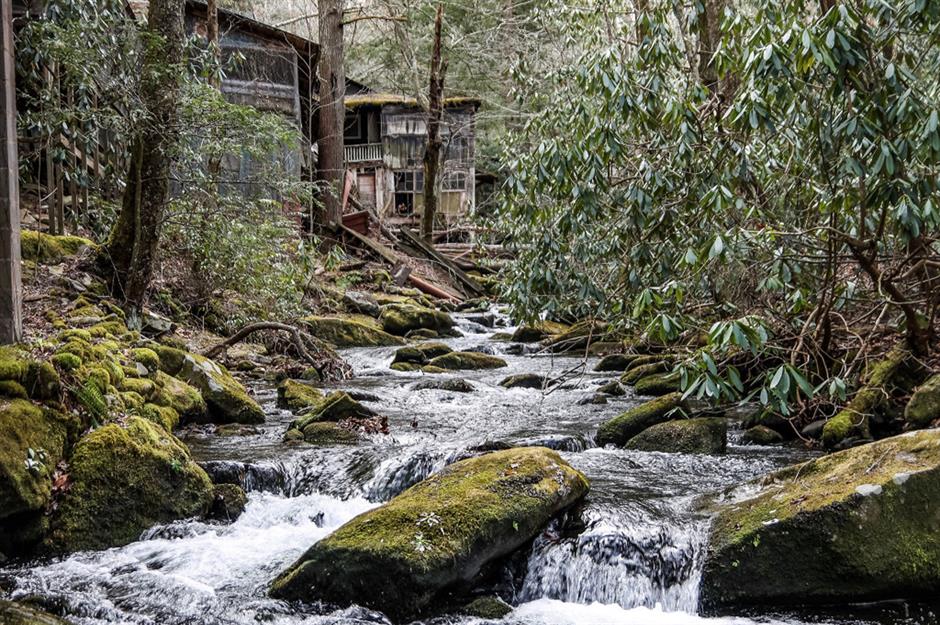
The area nicknamed Society Hill is located on the banks of Jake's Creek. Moneyed Knoxvillians built sprawling vacation cottages overlooking the tranquil river.
Unfortunately, many of the abandoned homes here have gone to rack and ruin, with most properties slowly sliding down the riverbank.
Left to languish
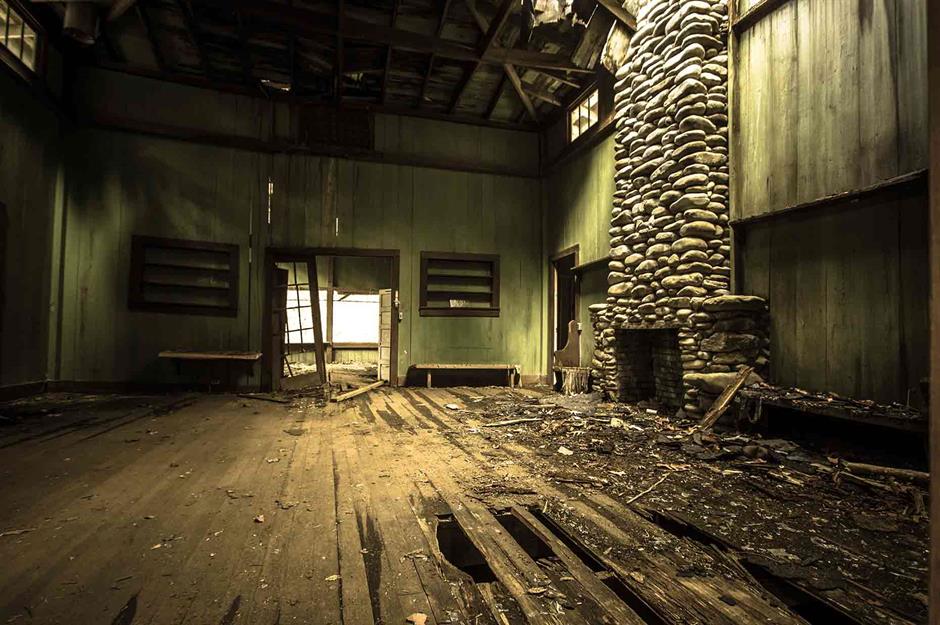
This image of one of the derelict homes' interiors taken back in 2016 shows the extent of the damage to many of the properties in the town.
Large in scale with a lofty vaulted ceiling and a beautiful river rock fireplace that stretches the room's full height, it's evident that this residence was once the retreat of an affluent family. Now, the space is a shadow of its former self, blighted by crumbling floorboards and a collapsed roof.
Spindle Top
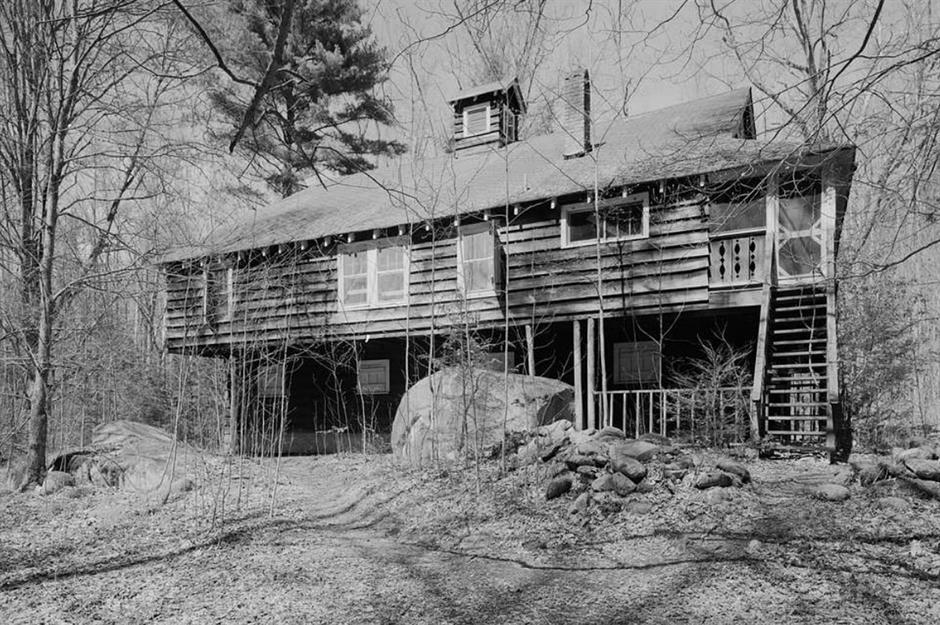
Colonel WB Townsend, the founder of the Little River Lumber Company, oversaw the construction of one of the finest structures in Elkmont, a captivating Swiss-style chalet called Spindle Top.
The colonel spent many summers in the chalet with his wife Alice. The cabin, which is also known as the Miller Cabin, was thereafter leased to newspaper editor Loye Miller.
Ramshackle interior
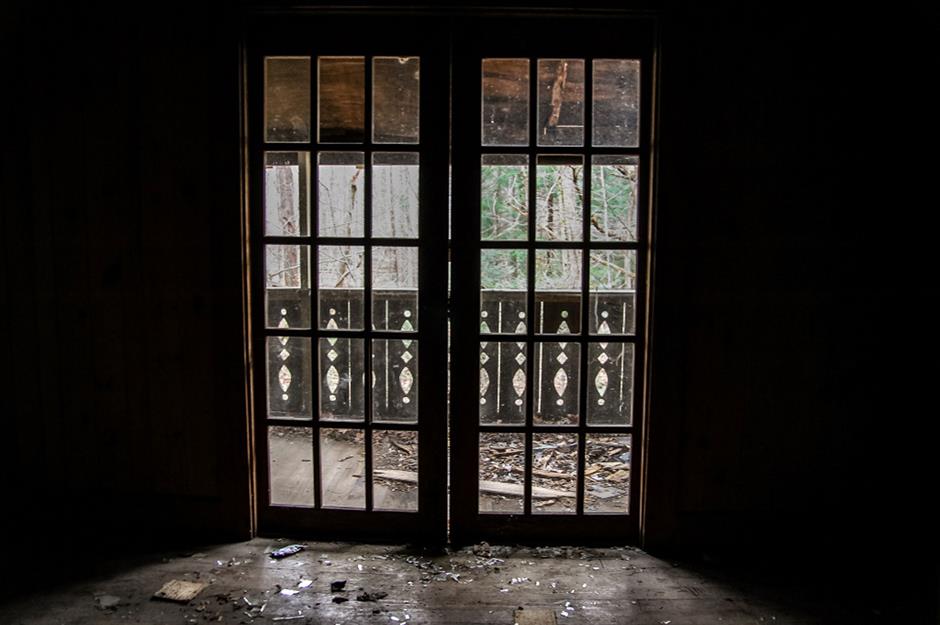
These days the chalet is in a sorry state of disrepair if this photo is anything to go by. In a tale of riches to ruins, debris litters the floors and windowpanes are missing from the French doors that lead out onto the porch. Still, the structure itself appears fairly robust, unlike the rickety cottages of Society Hill along the riverbank.
Millionaires' Row
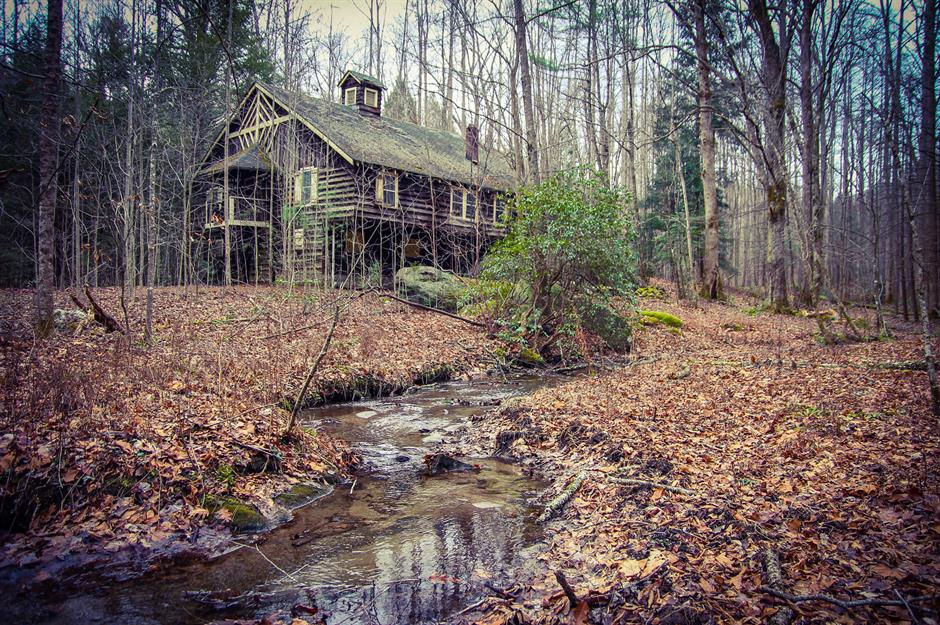
Colonel WB Townsend and his wife Alice also rented out several of the deluxe surrounding cottages, including Faust Cabin and Cambier Cabin.
Along with Society Hill, this part of town was among the most sought-after in Elkmont. Such was its status that the desirable area was known as Millionaires' Row.
Spooky cemetery
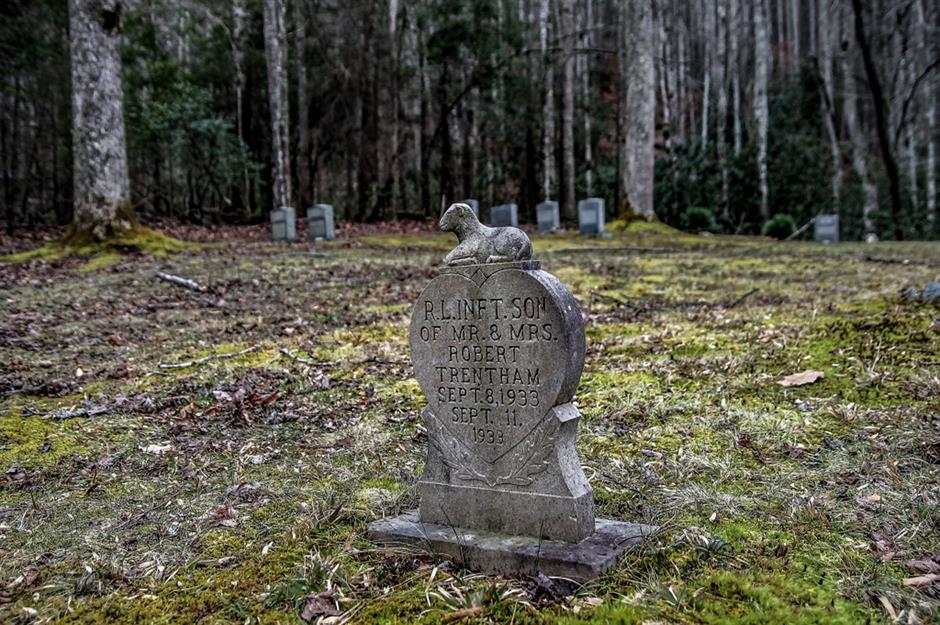
Elkmont also had less affluent areas too, home to modest residences for those involved in the logging industry, as well as humble vacation cottages that were owned or rented by Knoxville's less well-off residents.
Not short of amenities, the town boasted a church, a general store, a post office, a theatre and even a graveyard.
Looking at this eerie scene today, it's not hard to imagine why Elkmont was named Tennessee's creepiest ghost town in 2022 by media platform Thrillist.
Visitors' campaign
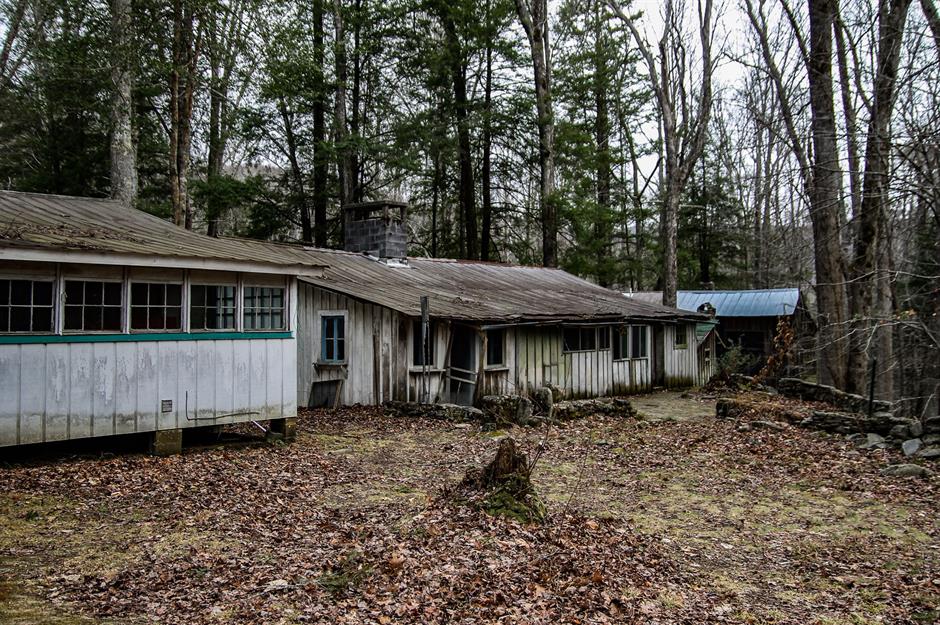
Ironically, efforts to preserve Elkmont and the surrounding wilderness led to its demise. Things started to unravel for the town in 1920, when cottage owner William P Davis, who was inspired by Yellowstone National Park, teamed up with fellow Elkmont landowner David C Chapman to campaign for the creation of a national park in the Great Smoky Mountains.
National Park status
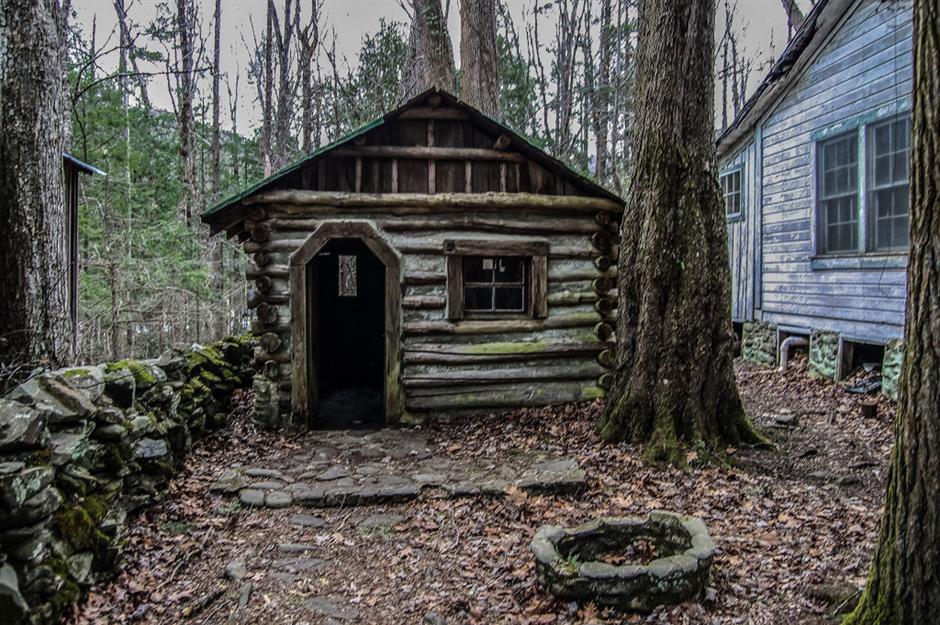
The duo successfully persuaded state legislators to grant the area National Park status and in 1925, the Little River Lumber Company sold 76,000 acres (30,756ha) of land to the State of Tennessee.
A slew of long-term residents around Elkwood were given their marching orders, but property owners in Elkmont itself were afforded the option of selling their cabins for half price in exchange for lifetime leases.
A turn for the worse
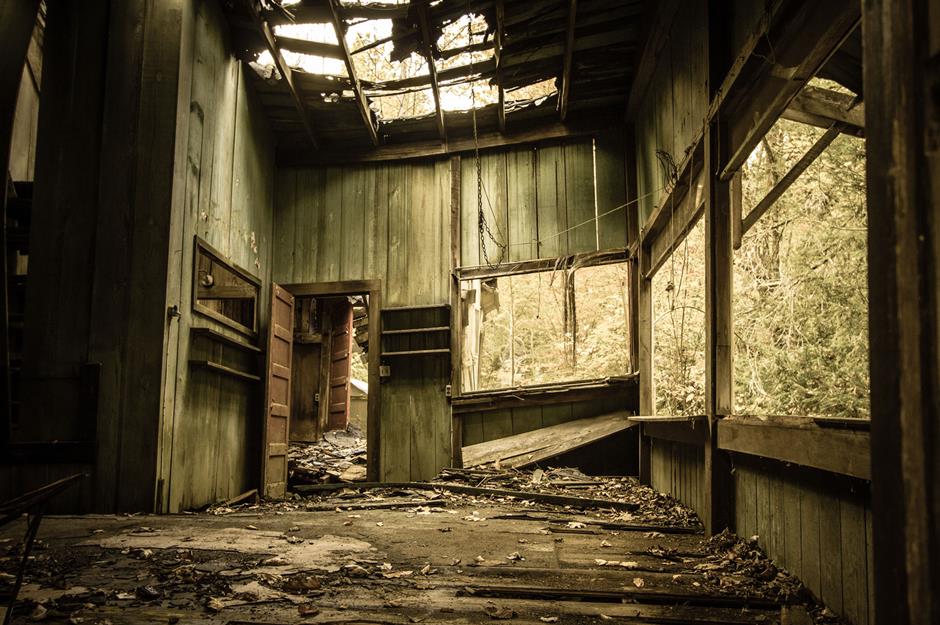
The lifetime leases were converted to 20-year leases in 1952 and renewed again in 1972. But luck was running out for the leaseholders and in 1992 the National Park Service refused to renew the contracts.
The decision was influenced by environmental organisation the Sierra Club, which argued that private land ownership shouldn't be permitted within National Parks. The landowners were effectively kicked out and the cabins and other structures were abandoned.
Demolition thwarted
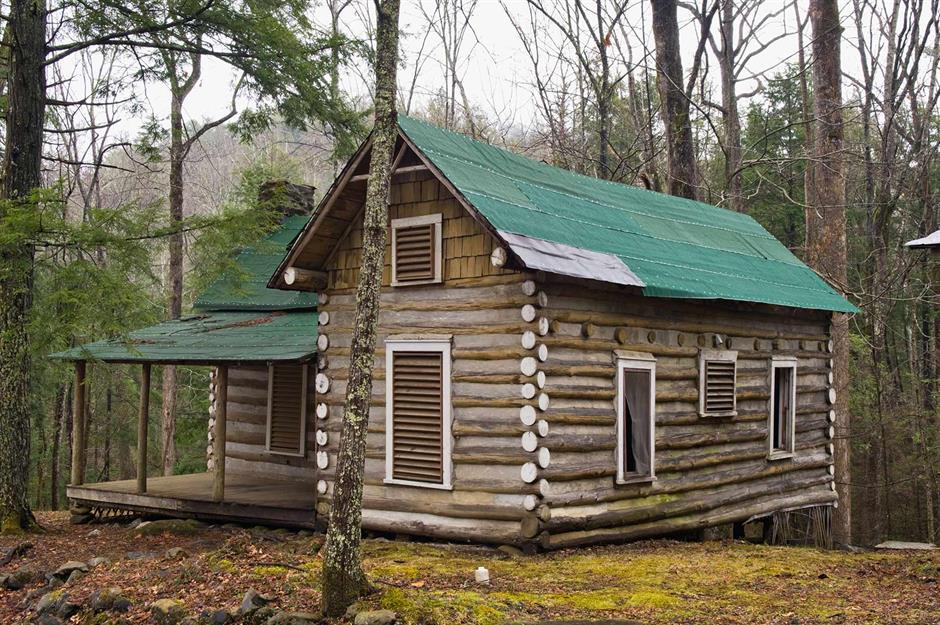
A plan devised in the 1980s called for the demolition of all structures in Elkmont to return the area to nature. However, this was thwarted in 1994 when the Wonderland Hotel and other notable structures were placed on the National Register of Historic Places. The group of heritage buildings is known as the Elkmont Historic District.
Dilapidated buildings
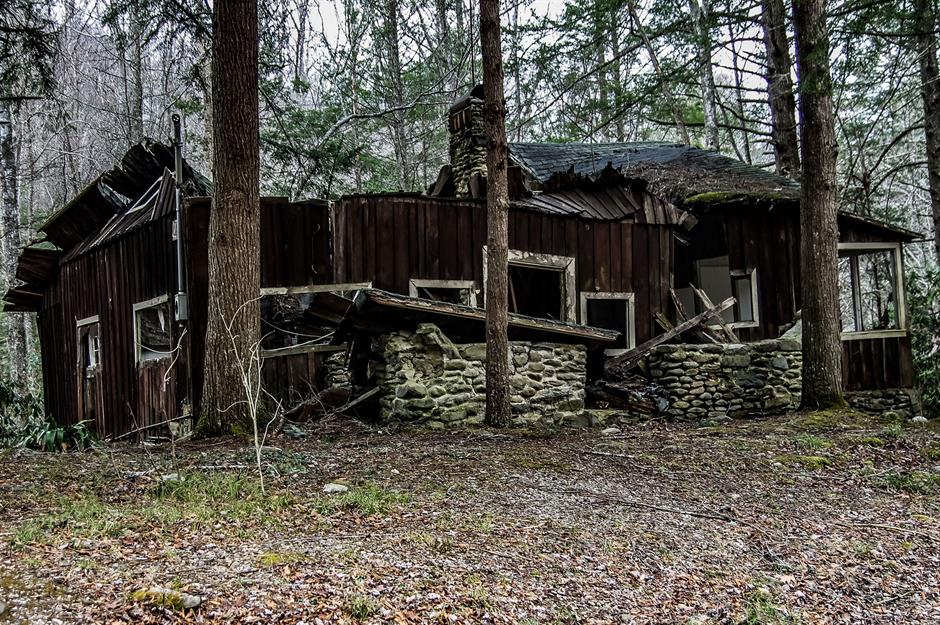
Despite their protected status, little was done to preserve the endangered historic houses, which became increasingly dilapidated in the years after they were placed on the register.
The powers that be spent years debating the future of the ghost town and, as mentioned earlier, the Wonderland Hotel collapsed in 2005 as a consequence of inaction.
Restoration plan
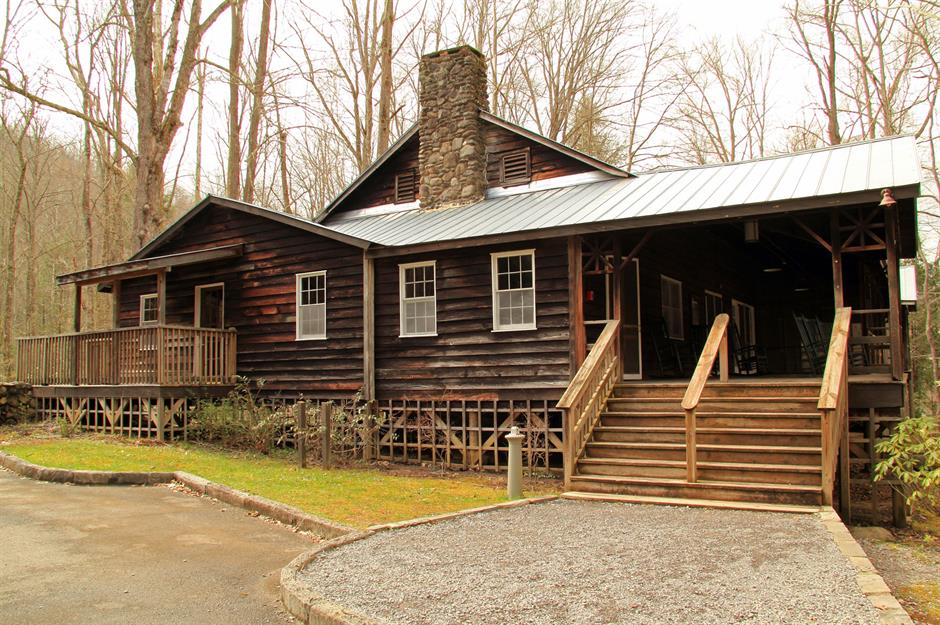
At long last, the decision to undertake preservation work was made in 2009, 15 years after Elkmont's finest structures were declared important historical monuments.
Once forlorn and crumbling, the Appalachian Club was the first building in the town to get the renovation treatment and was restored to its former glory in 2012.
Lost to the wrecking ball
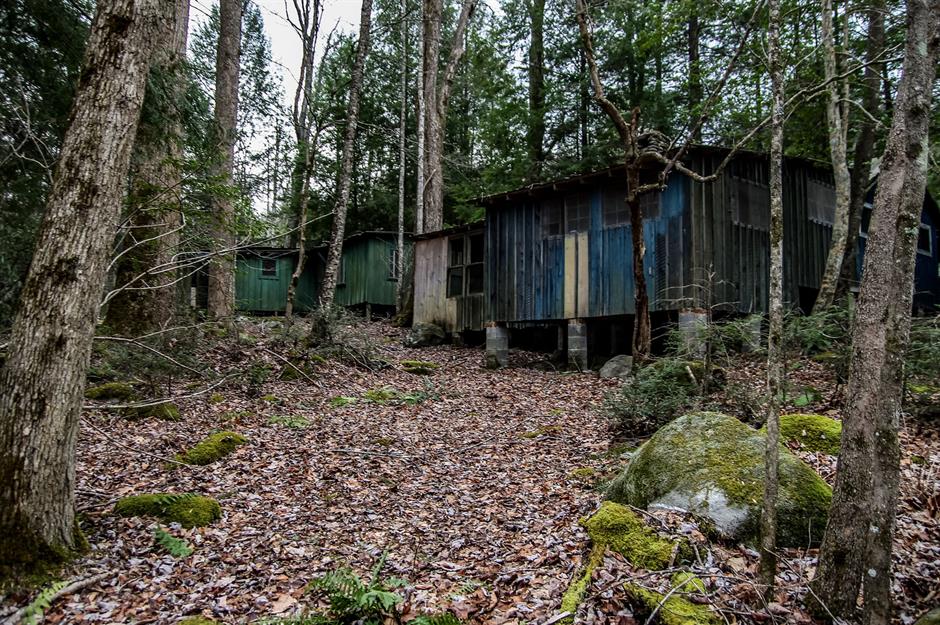
Alongside the restoration of the club, the National Park Service also announced plans to revamp 19 cabins deemed historically significant in the enclave's Daisy Town neighbourhood.
The decision left 55 of Elkmont's 74 cabins slated for demolition. Sadly, 29 structures were demolished along the Little River Trail and Jake's Creek Trail in 2017.
Completed projects
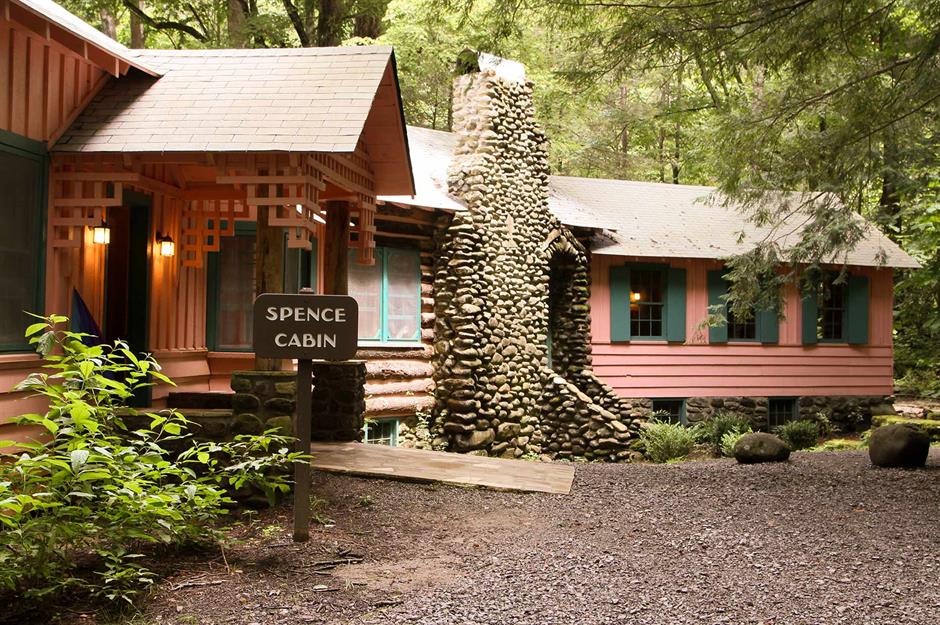
Thankfully, a happier fate awaited a number of the homes. Among the first success stories of the restoration endeavour, both the Levi Trentham Cabin and the Avent Cabin were restored in 2017.
They joined the Spence Cabin (pictured), which was revived in 2012 and can now be hired out for weddings and other events. The revamped lodge features four meeting rooms, plus a kitchen, two bathrooms, two patios and a screened porch. While the property has been restored, it's been kept faithful to its original design – as such, the cabin has no heating or air conditioning, though it does have a gas fireplace.
Revamped cabins
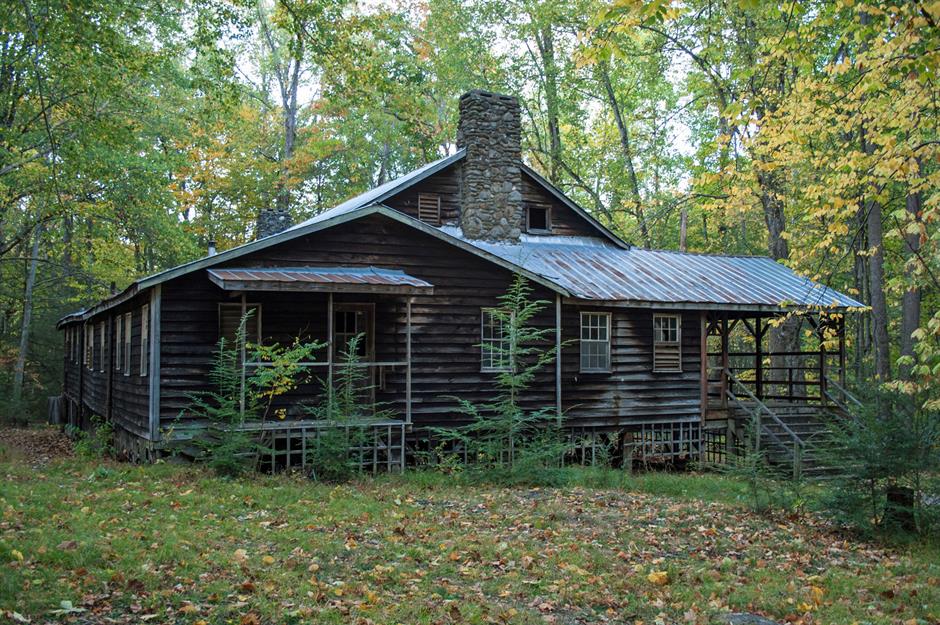
The Creekmore Cabin was also restored in 2017 and given a new lease on life. Built around 1910, the property was, as you might have guessed, owned by the Creekmore clan.
In addition to the aforementioned houses, other structures that have been preserved for future generations include the Mayo Cottage and the cabin's servants' quarters.
Preserving the past
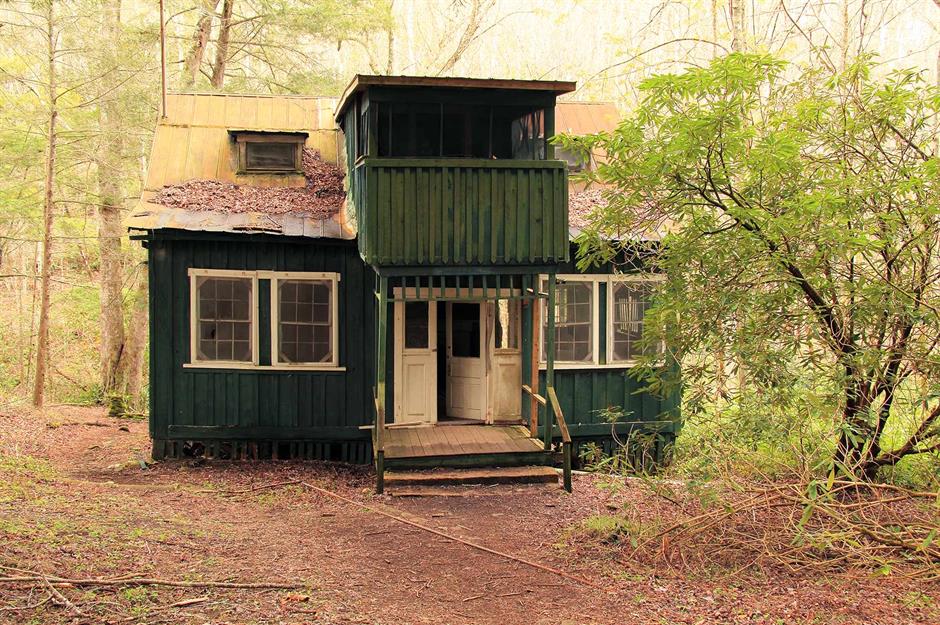
The final stage of the restoration of Daisy Town was completed in 2024 when the last of the 19 structures – the Chapman-Byers Cabin – was renovated. The property is pictured here before its overhaul.
The meticulous project was funded by a $9 million (£6.8m) endowment. Robert Sanders, a carpenter who worked on the ambitious restorations, revealed to local news station WUOT that the cabins' paint colours had been painstakingly matched to their original hues and original materials were salvaged wherever possible.
Reopening to the public
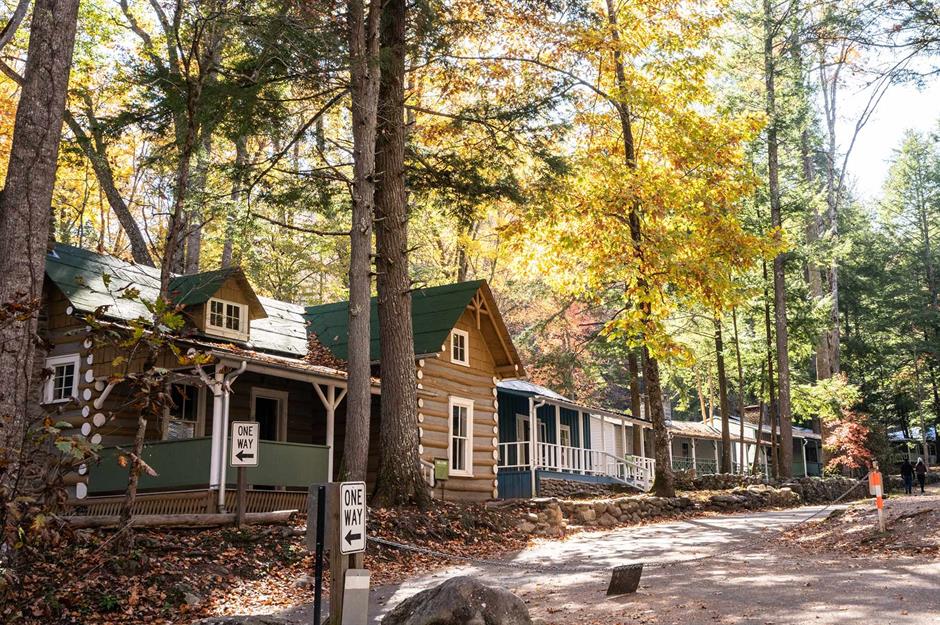
In April 2023, 16 of the buildings opened to the public while the work was still underway, resulting in a surge of interest. Once again a tourist hotspot, visitors can now explore the newly revived Daisy Town.
The restored sector consists of two rows of modest holiday cabins and cottages along the central road. In the distance, the soothing rush of water from the Little River is audible, capturing the tranquil atmosphere the town's first holidaymakers were drawn to back in the early 20th century.
Rescued from the brink?
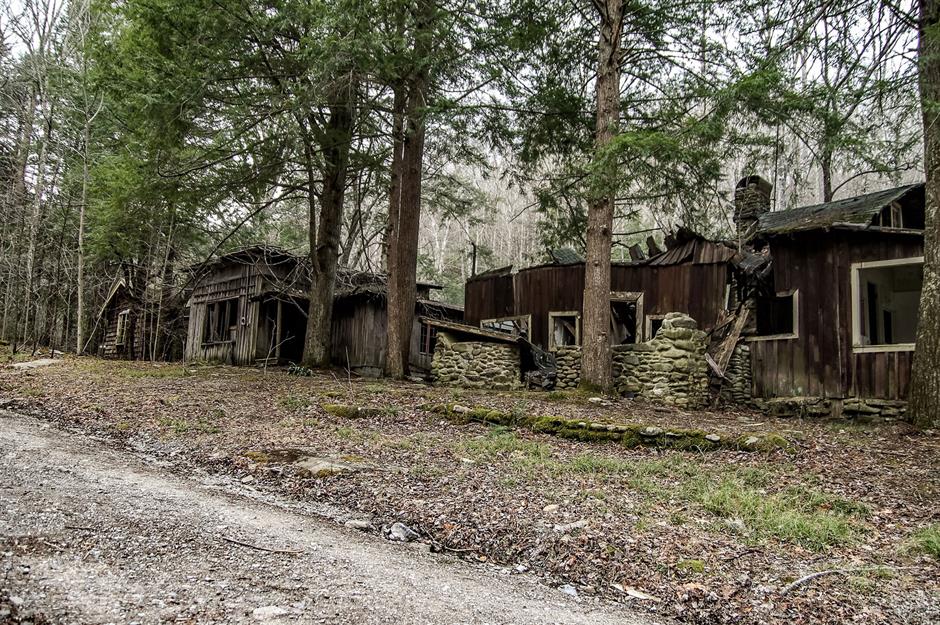
So it seems Elkmont's story has a partially happy ending. A swathe of this remarkable bygone outpost has been rescued from ruin and given the attention it so badly needs.
Sadly, other areas of the settlement haven't been as lucky as Daisy Town and nature continues to reclaim their historic structures.
Nevertheless, the town's spirit and its history live on through the saved cabins, preserved for future generations to rediscover.
Loved this? Discover more amazing abandoned places around the world
Comments
Be the first to comment
Do you want to comment on this article? You need to be signed in for this feature